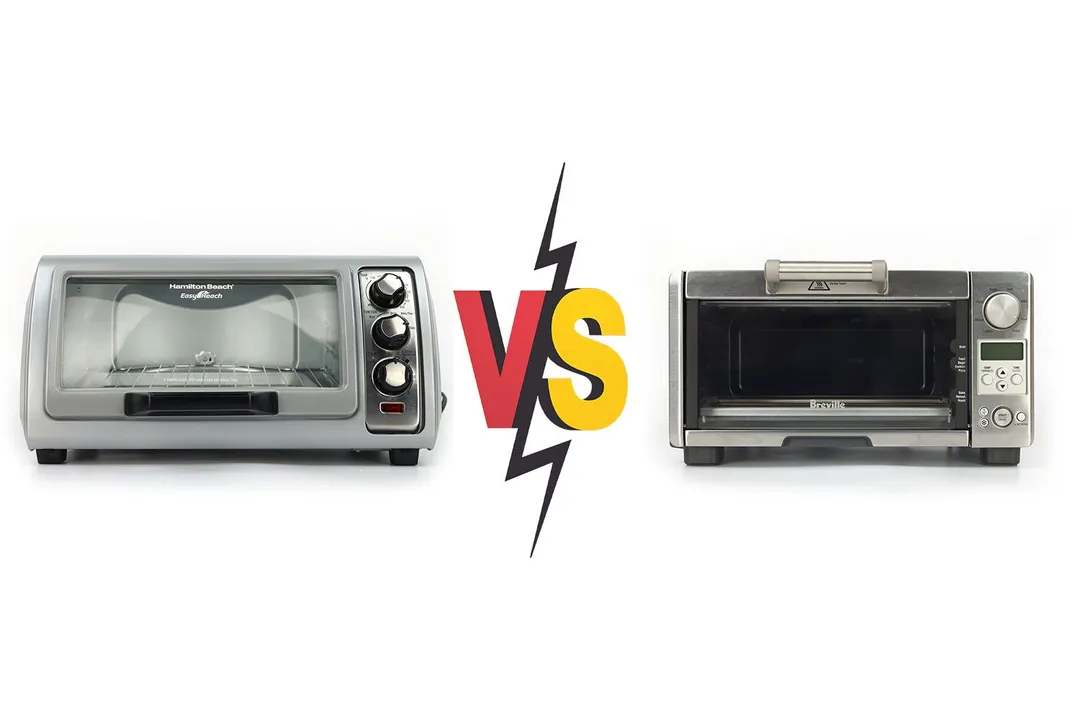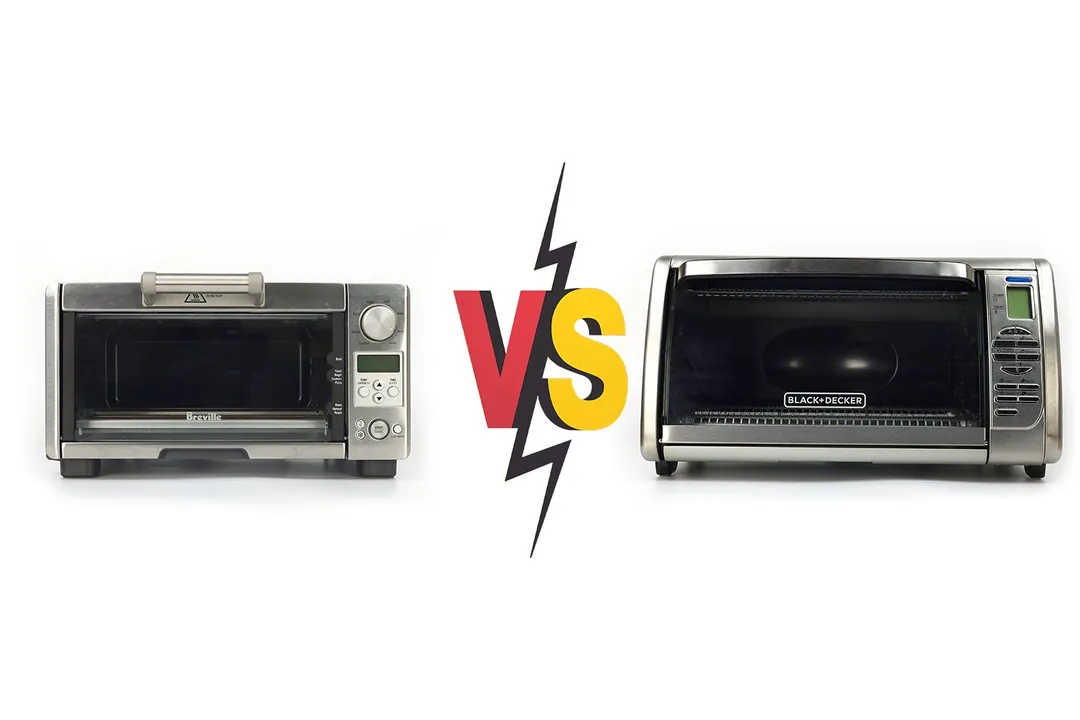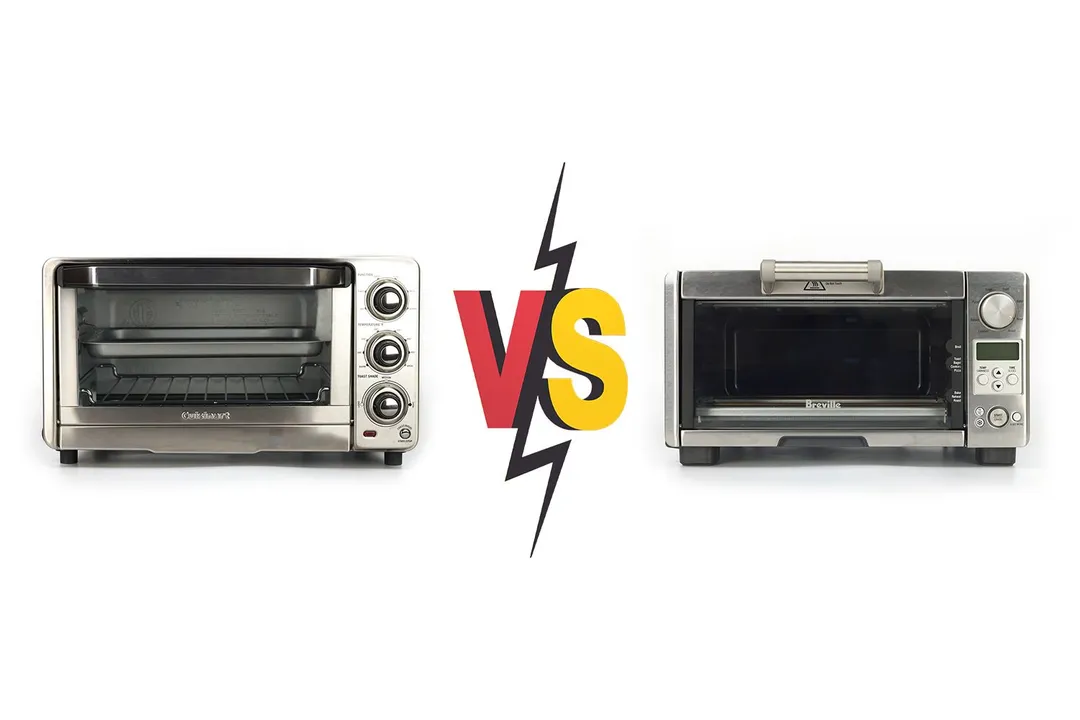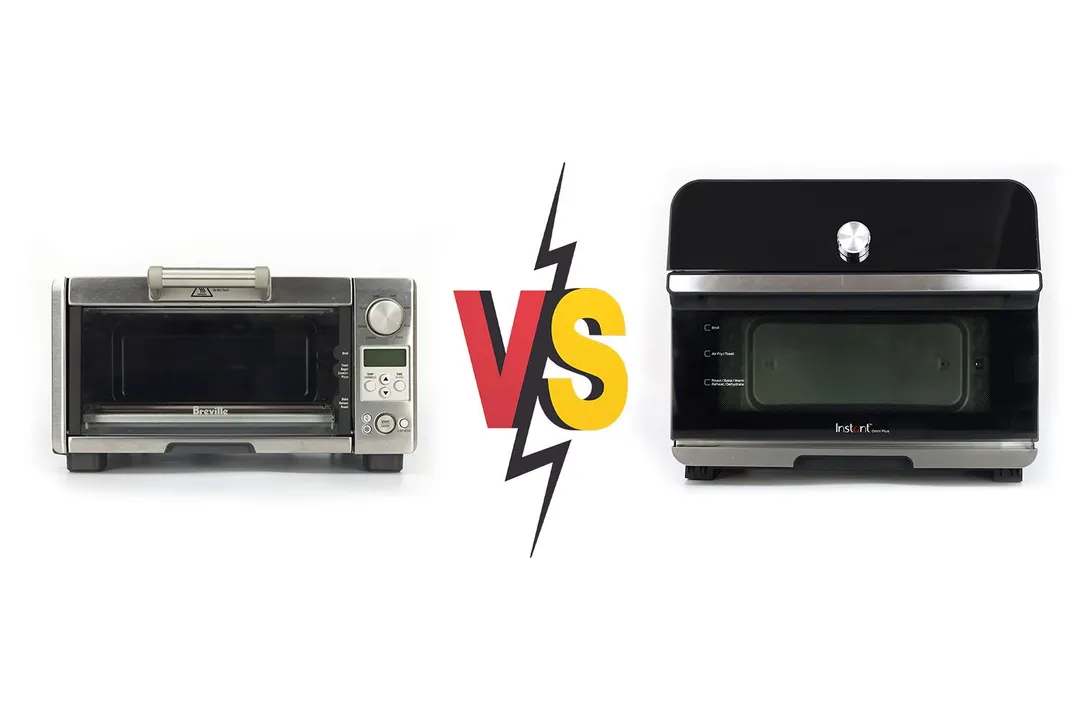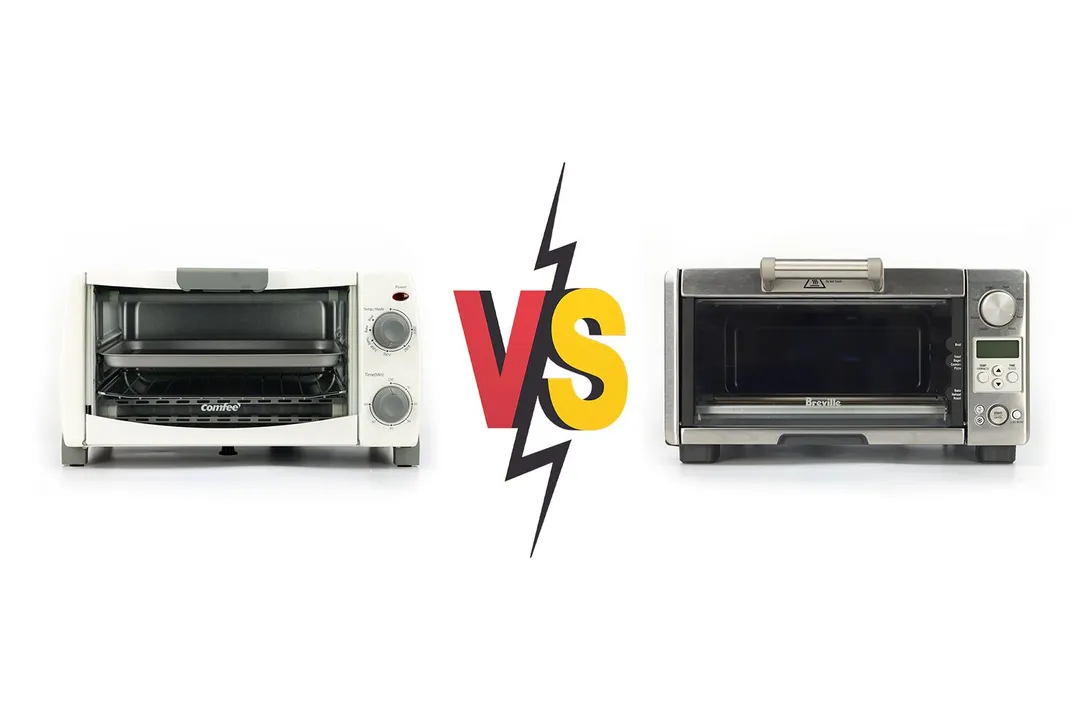Our recommendations are made independently through Research & Testing. We may receive commissions from purchases made via our links.
Breville BOV450XL vs Hamilton Beach Easy Reach 4 Slices Toaster Oven Side-by-Side Comparison
Breville BOV450XL vs Hamilton Beach Easy Reach 4 Slices Toaster Oven. A mini smart toaster oven compared to a standard small unit with a roll-top door.
Breville BOV450XL
Tested Using Methodology v1.0Hamilton Beach Easy Reach 4 Slice
Tested Using Methodology v1.0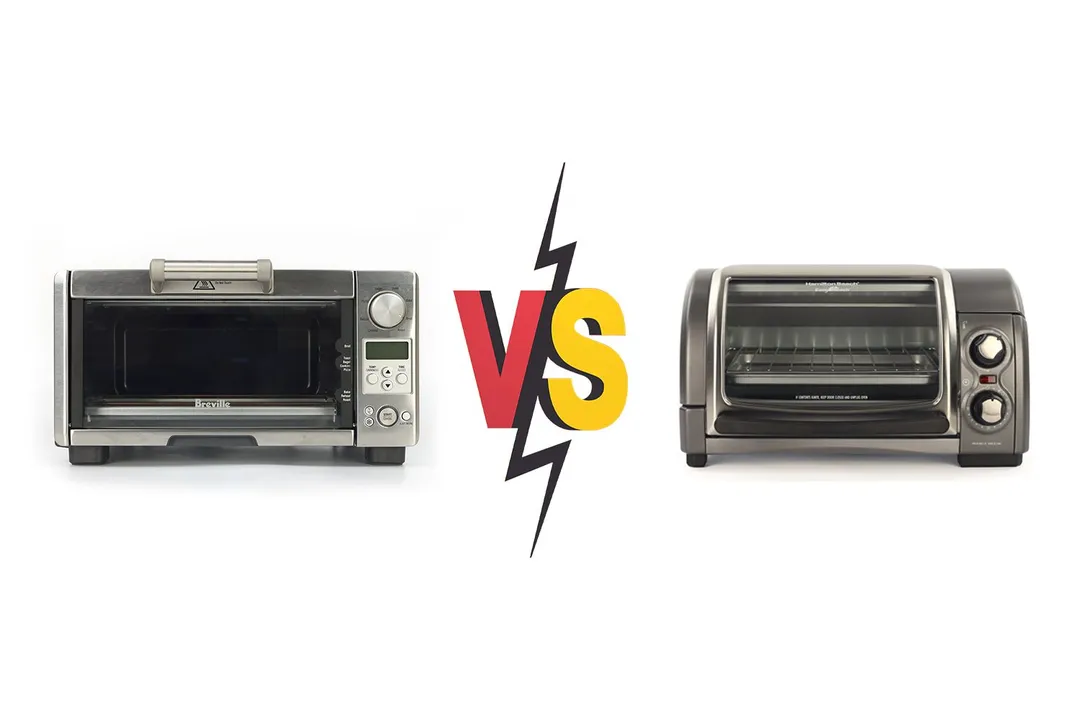
Overall Verdict
The battle between Breville BOV450XL Mini Smart Toaster Oven and the Hamilton Beach Easy Reach 4 Slices Toaster Oven (31344DA) shows why the former is our best small pick.
Besides a neat roll-top door that can save some counter space, the Hamilton only has the standard features for a small unit, including two heating elements and analog control dials. In comparison, the Breville has a slide-out crumb tray, a non-stick interior for easy cleaning, a digital display as well as precise timer and temperature control buttons.
The overall cooking performance of the Hamilton is above average but not as good as the Breville. Having a high power output allowed the Breville to toast bread very well and bake fries to a decent outcome—a common weakness of small toaster ovens. However, it still lacks a convection system that larger models has to help with baking pizza and roasting chicken.
Pros & Cons
- Unique feature buttons
- Non-stick interior
- High-contrast digital display
- Sturdy construction
- Cool-touch door handle
- Easy-to-clean stainless steel exterior
- Convenient slide-out crumb tray
- Lightweight and small size
- Durable alloy steel casing
- Cool-touch door handle
- Simple control knobs
- Stay-on feature
- Quartz heating elements with safeguards
- Energy-saving
- No interior lighting
- No convection fan
- Inconsistent heating elements
- No convection fan
- No internal lighting
- No safety mechanism for the door
Key Specs
Where to Buy
*You help support HealthyKitchen101's product testing and reviews by purchasing from our retail partners.
Analysis and Test Results
Performance
Toast
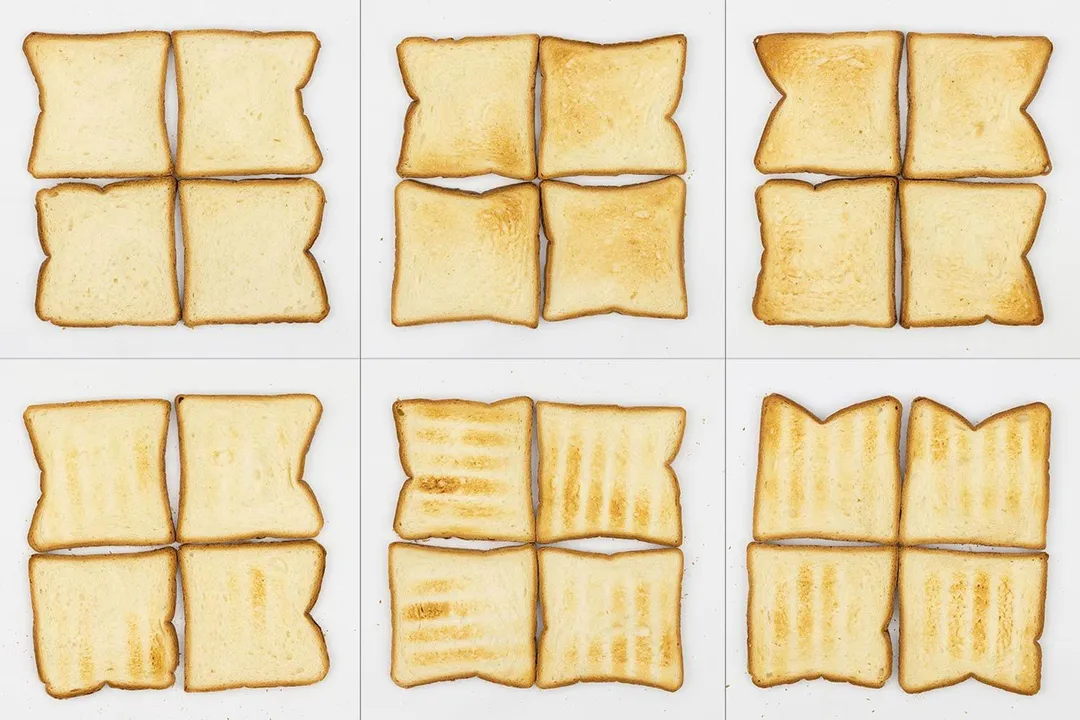
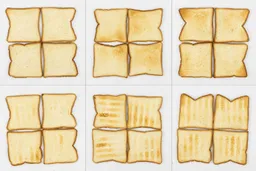
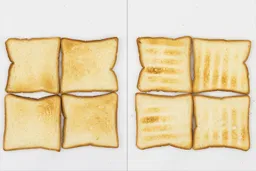
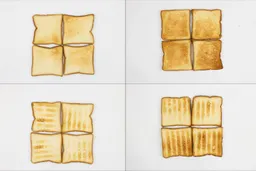
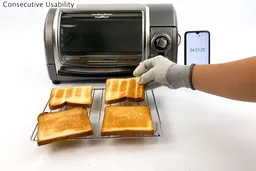
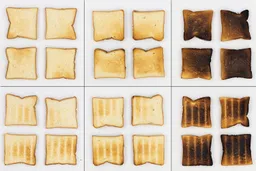
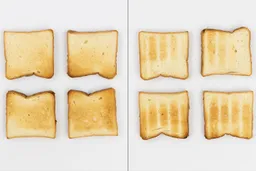
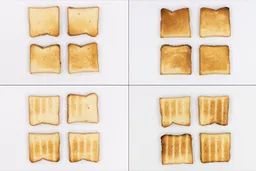
Pizza

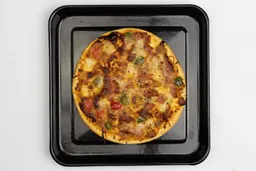
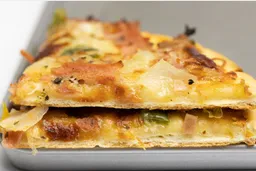
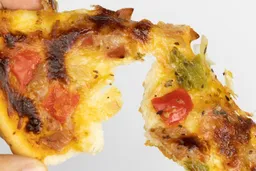
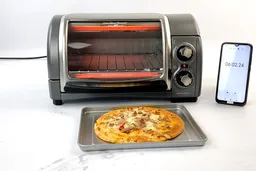
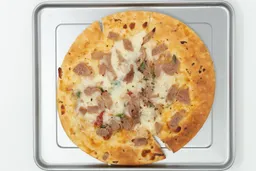
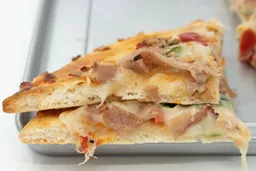

Whole Roasted Chicken
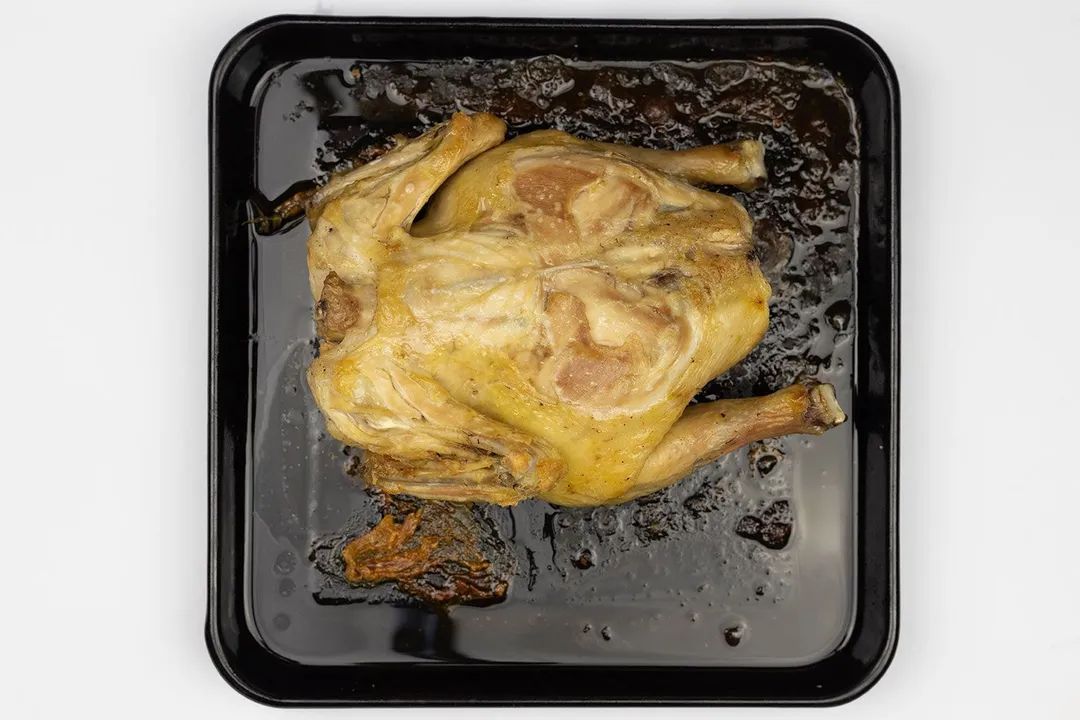
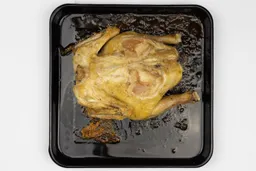
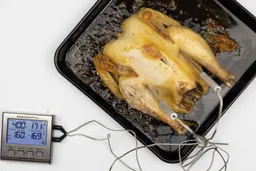
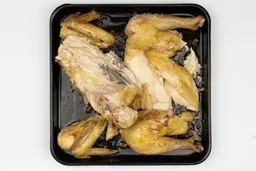

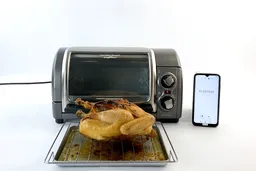
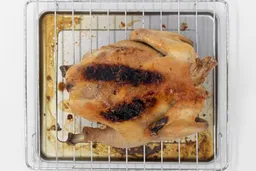
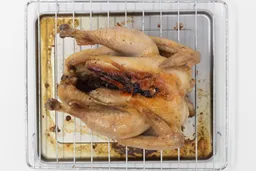
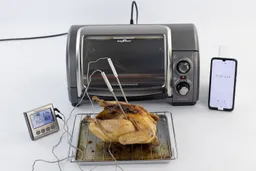
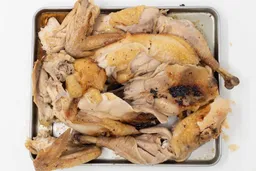

Baked French Fries
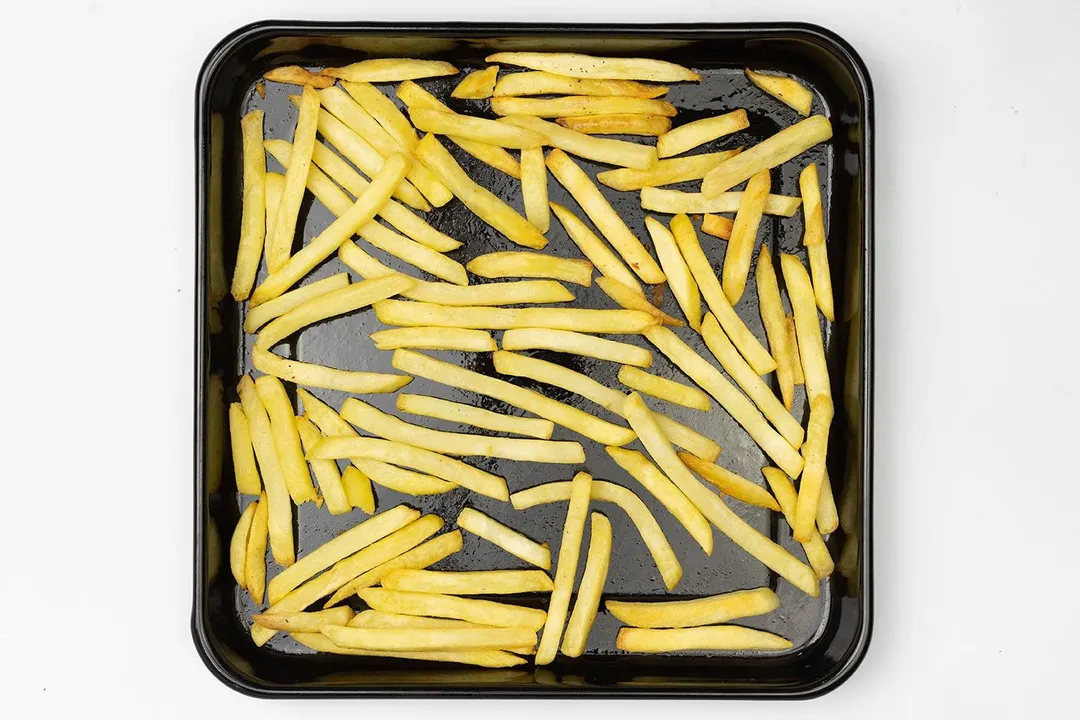
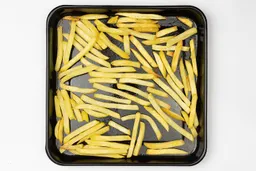


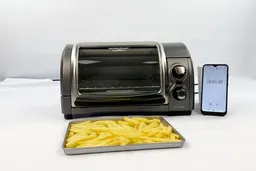



Design
In the Box
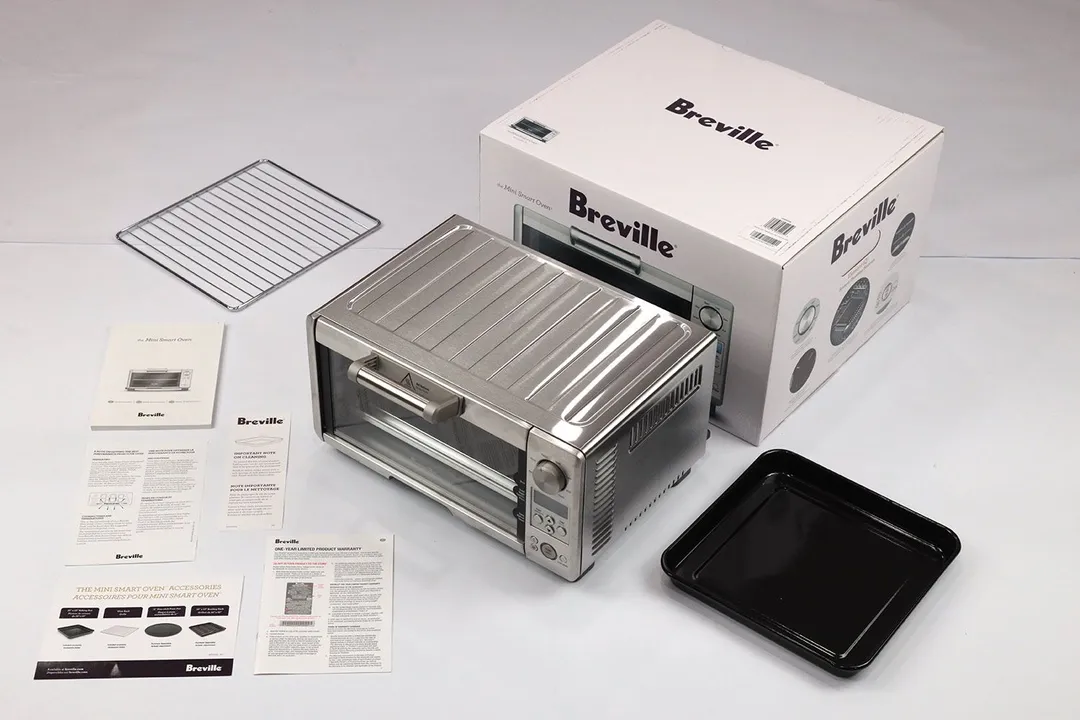

Exterior
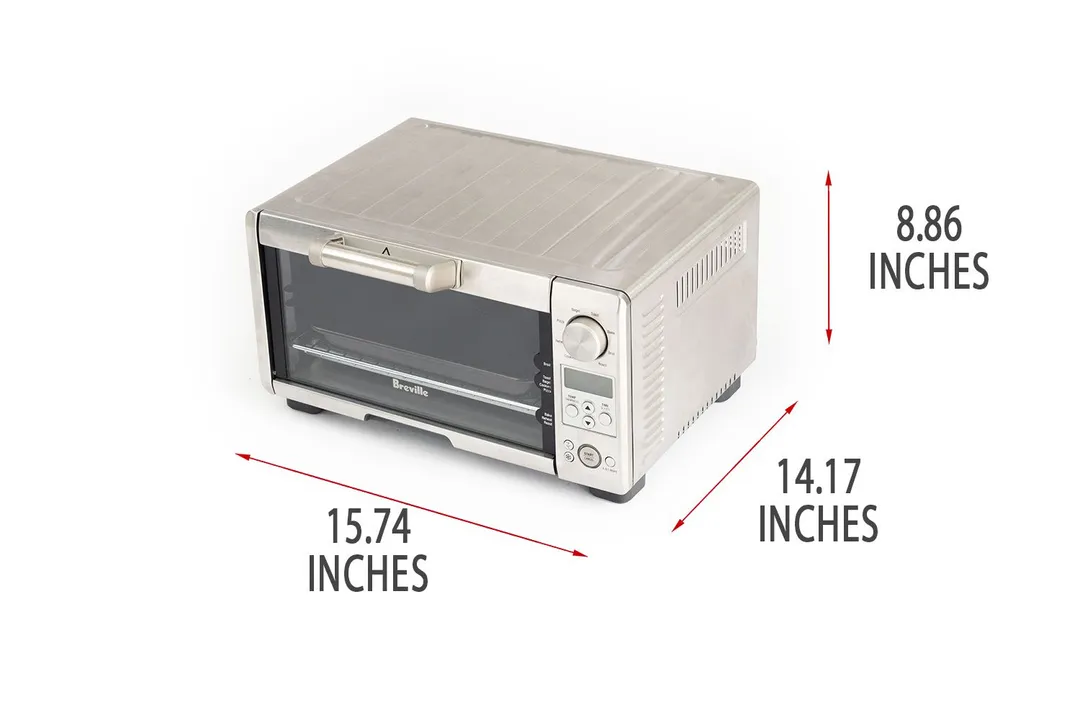
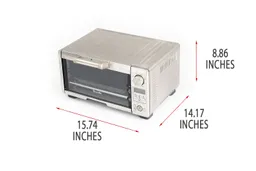
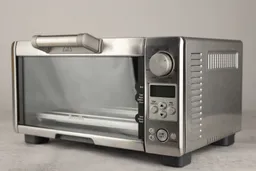
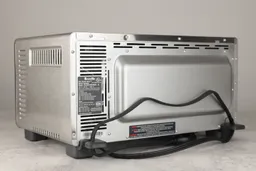
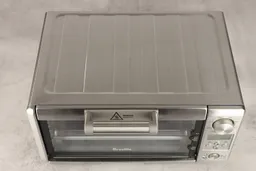

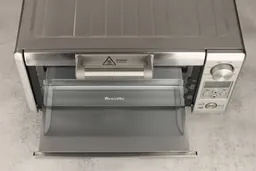
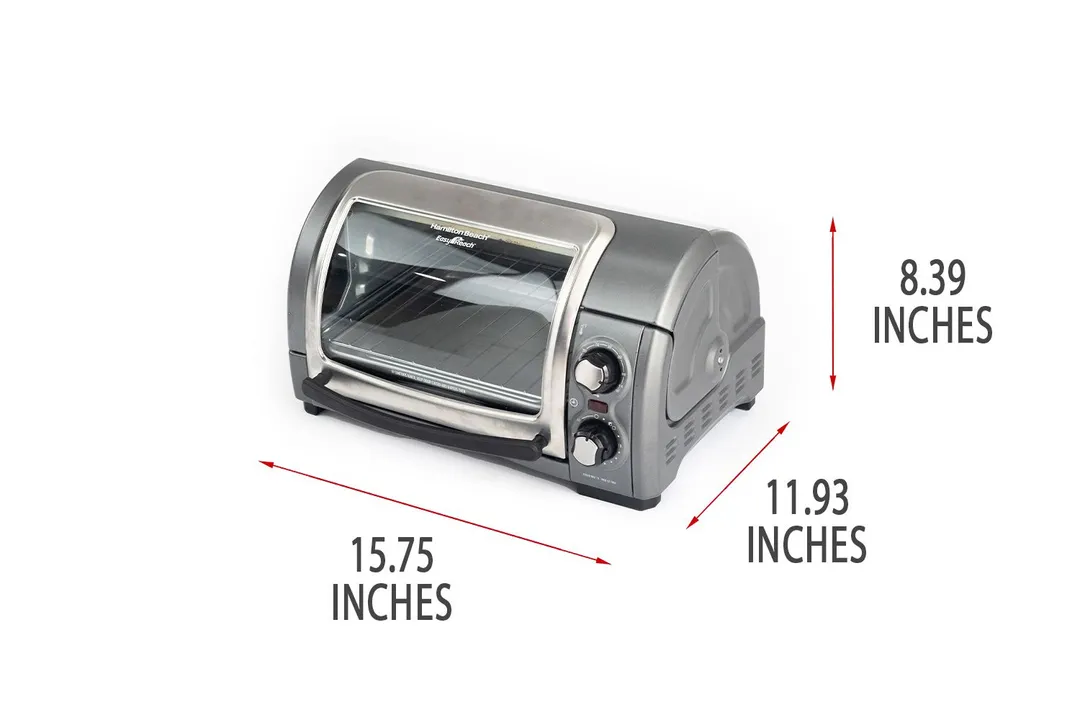
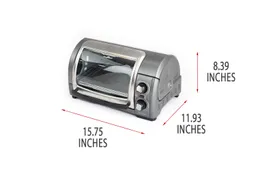
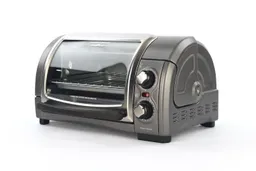
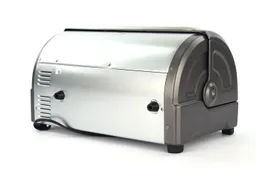
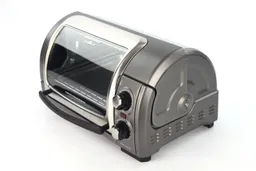
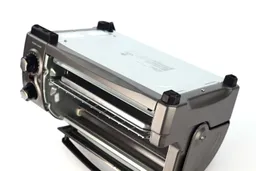
Control Panel
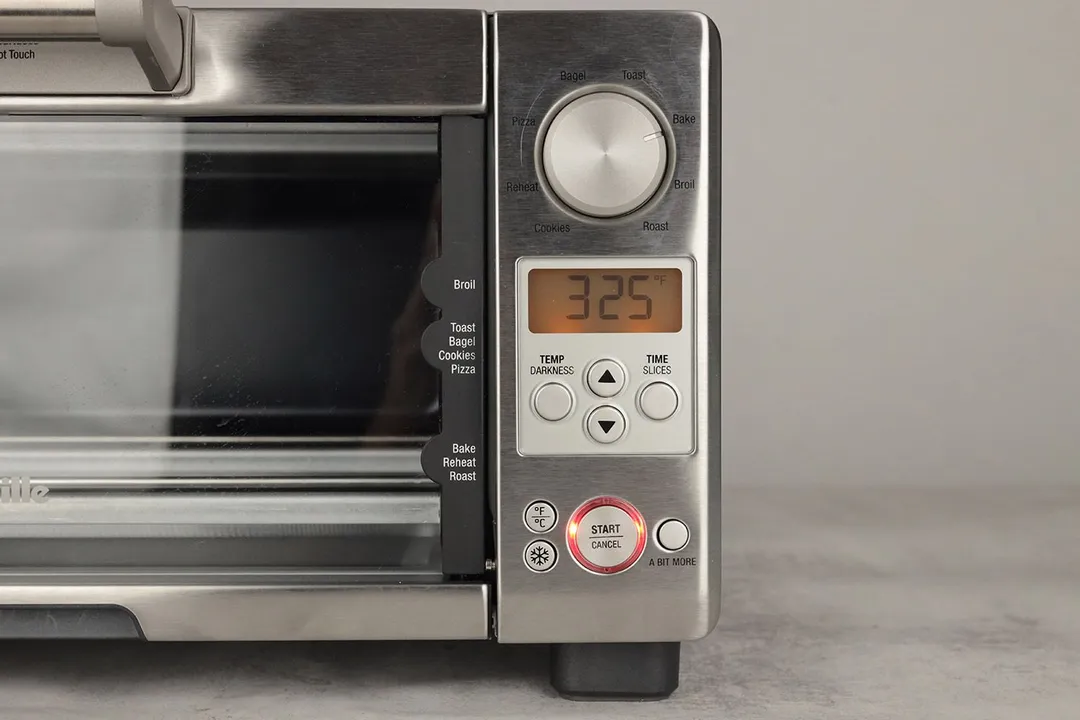
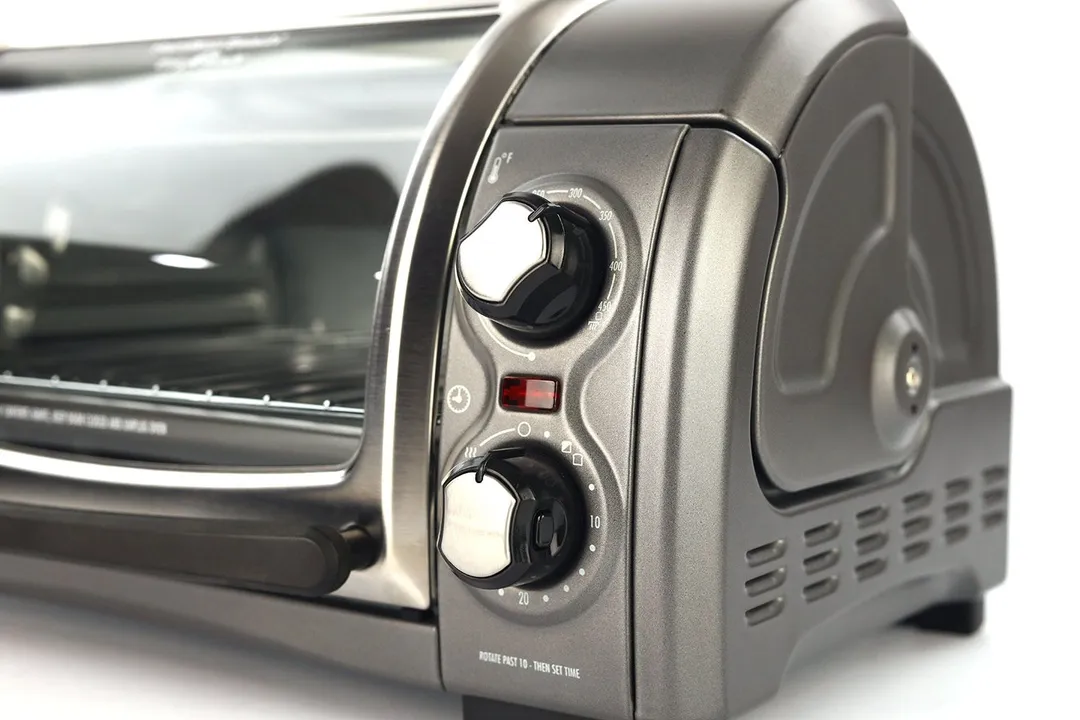
Cooking Functions
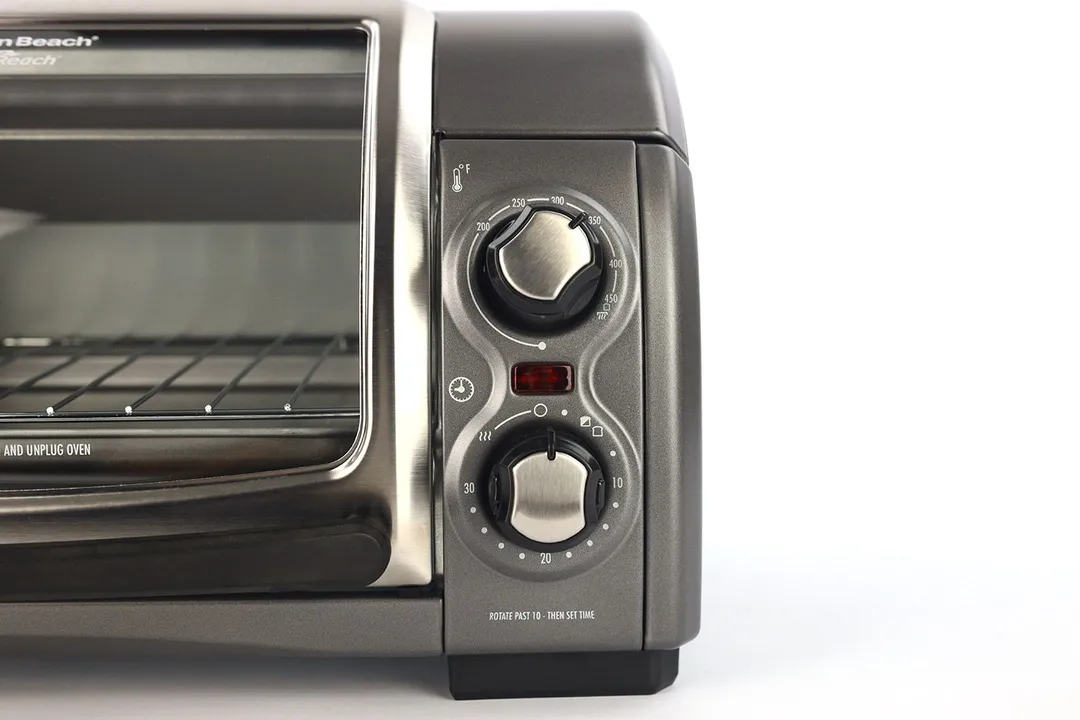
Interior
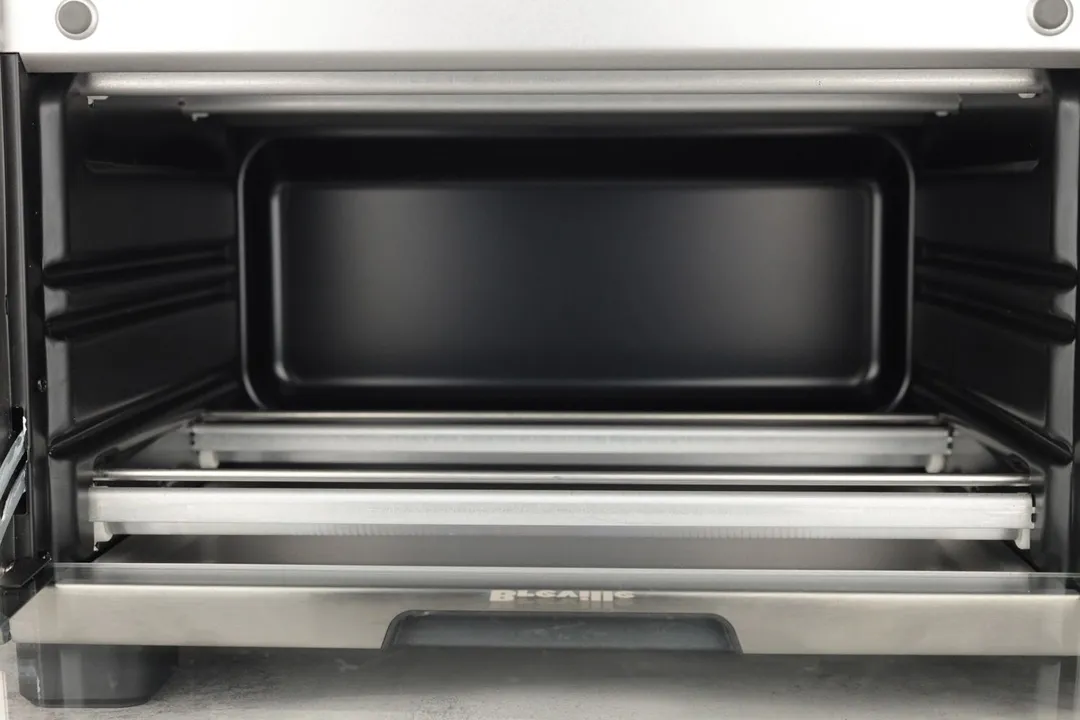
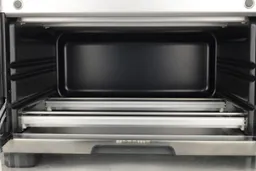
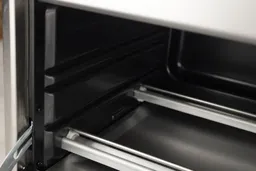
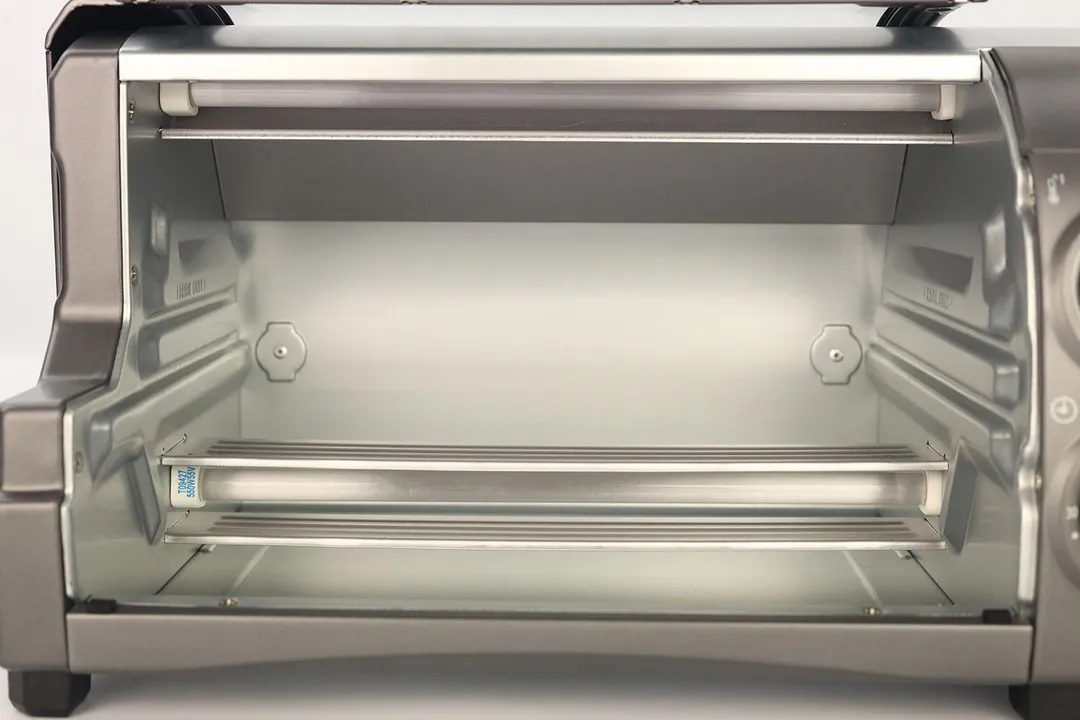
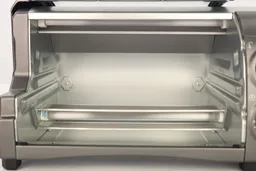
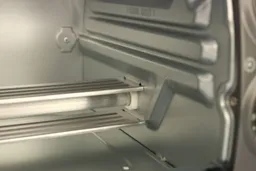
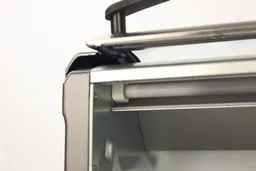
Power Cord
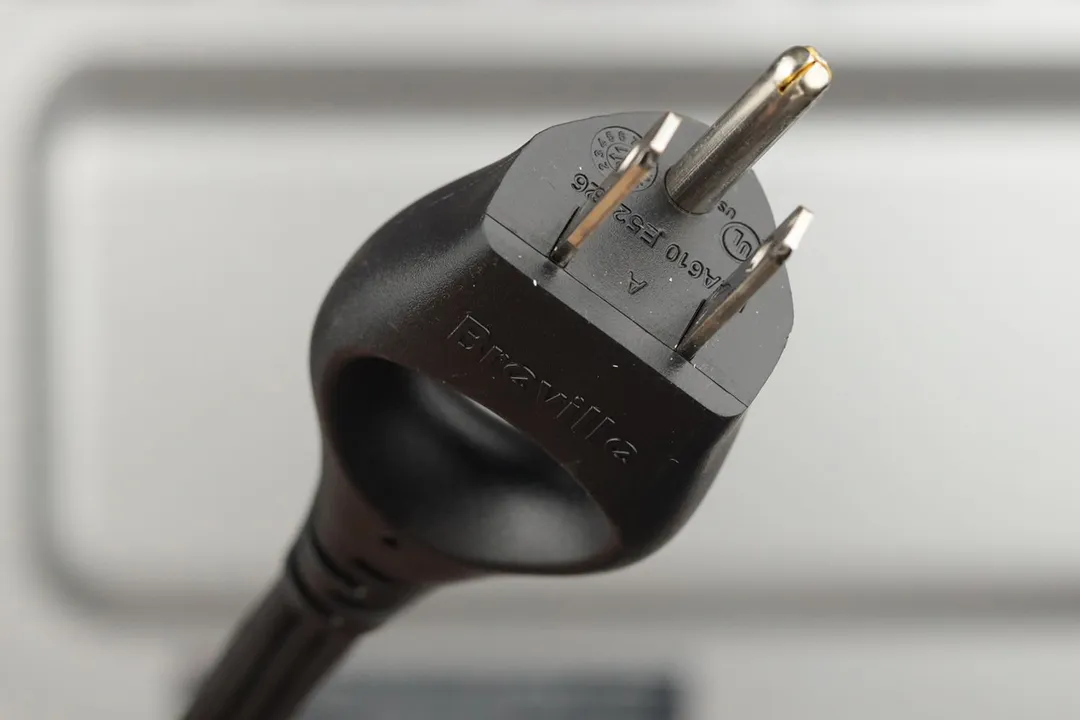
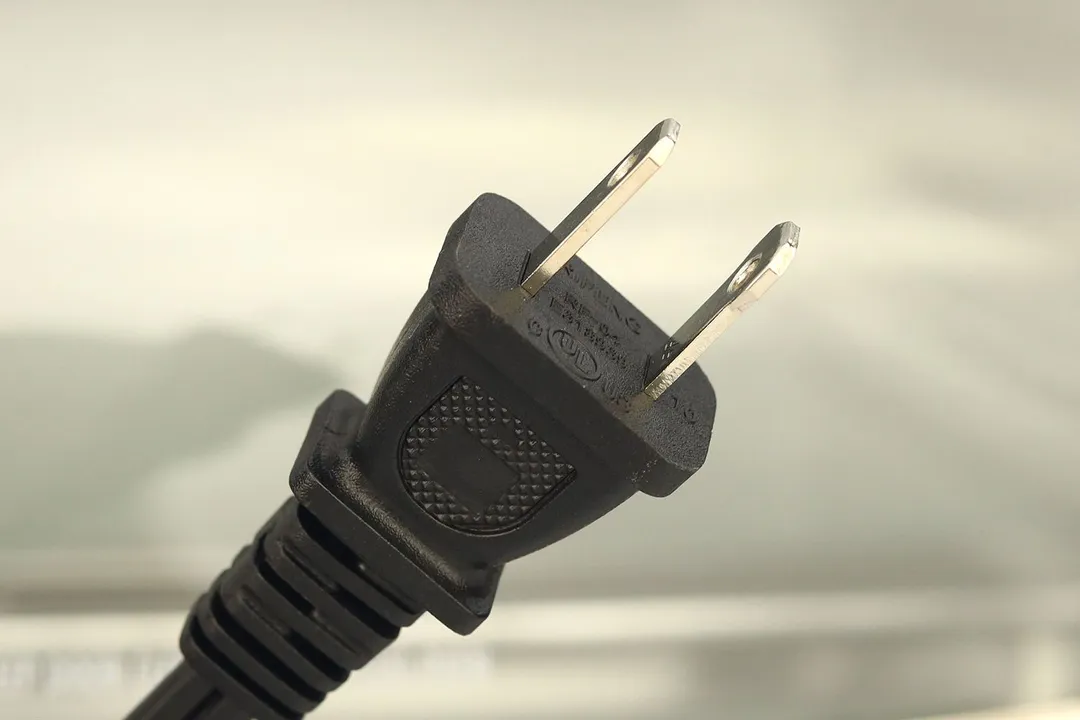
Accessories
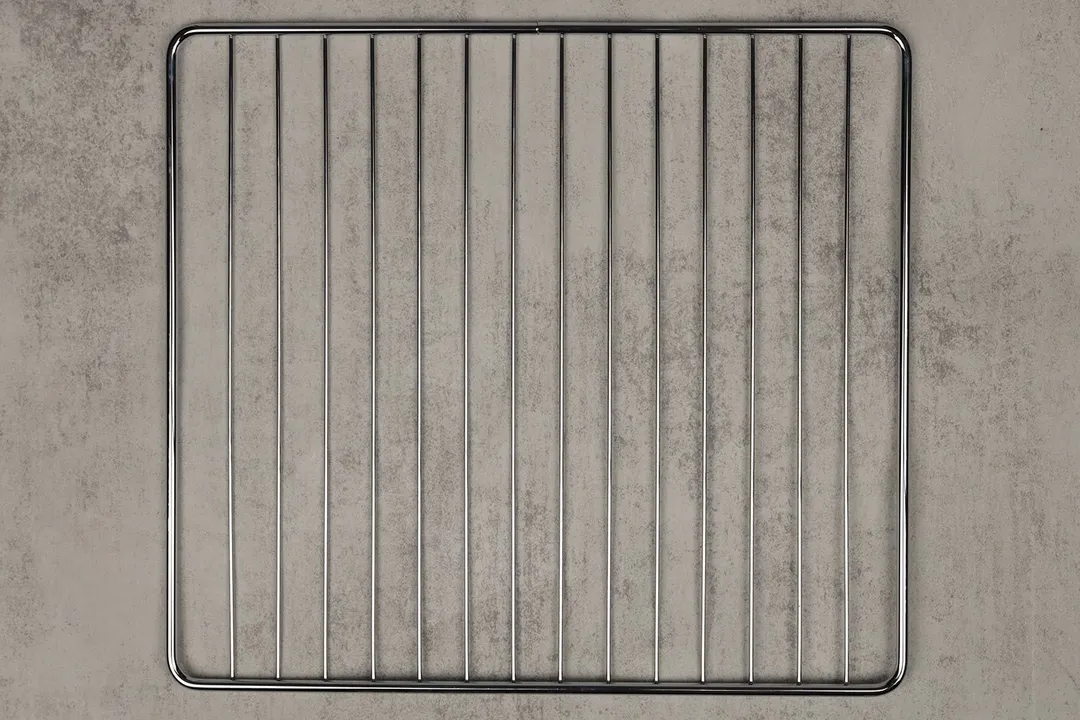
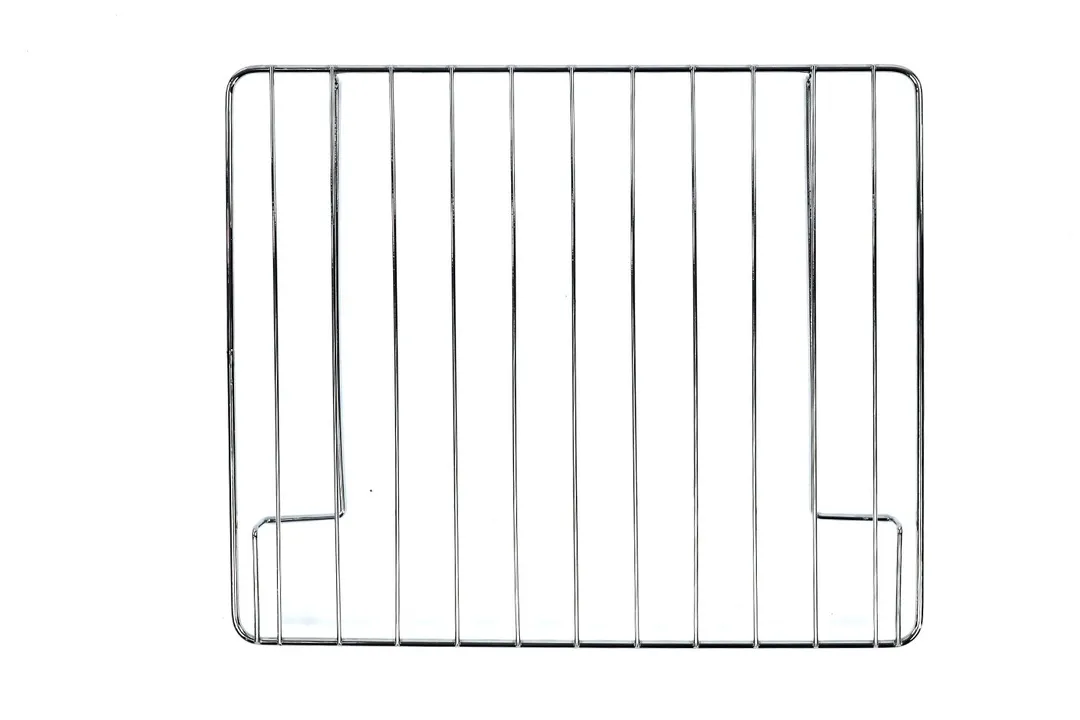
Build Quality
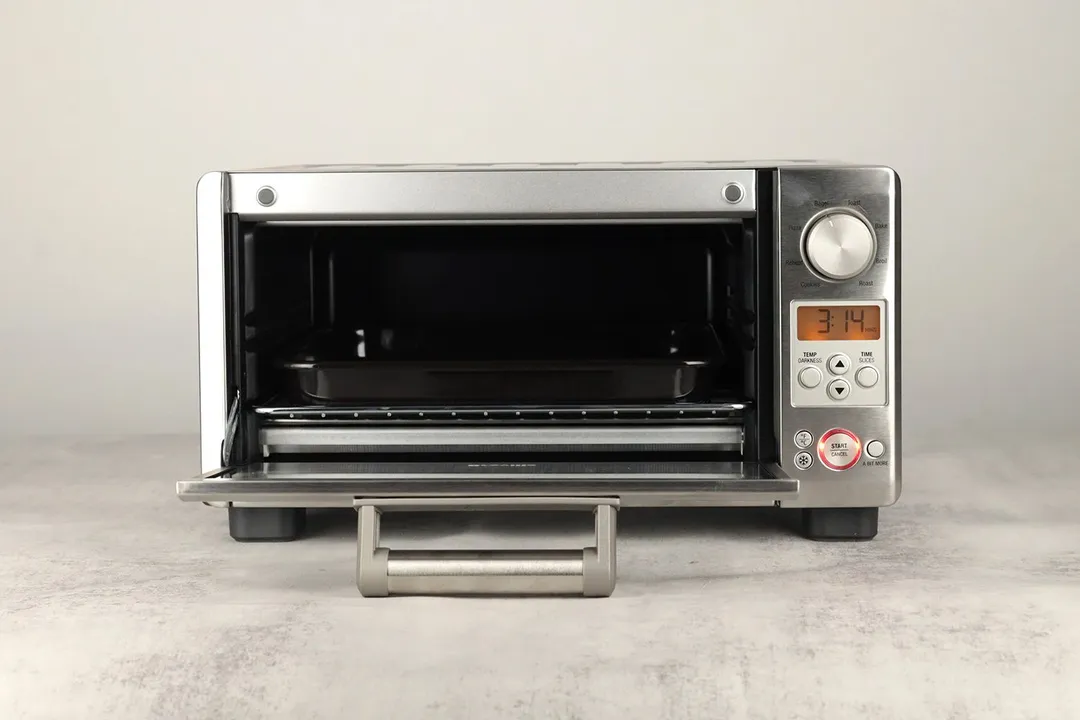
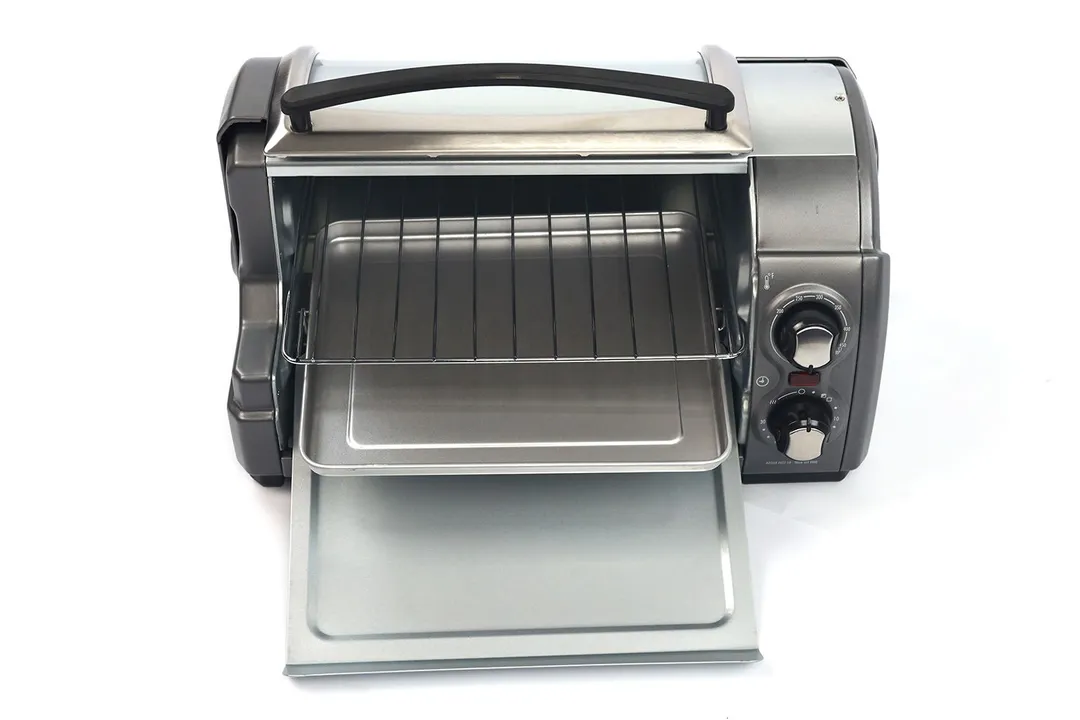
Capacity
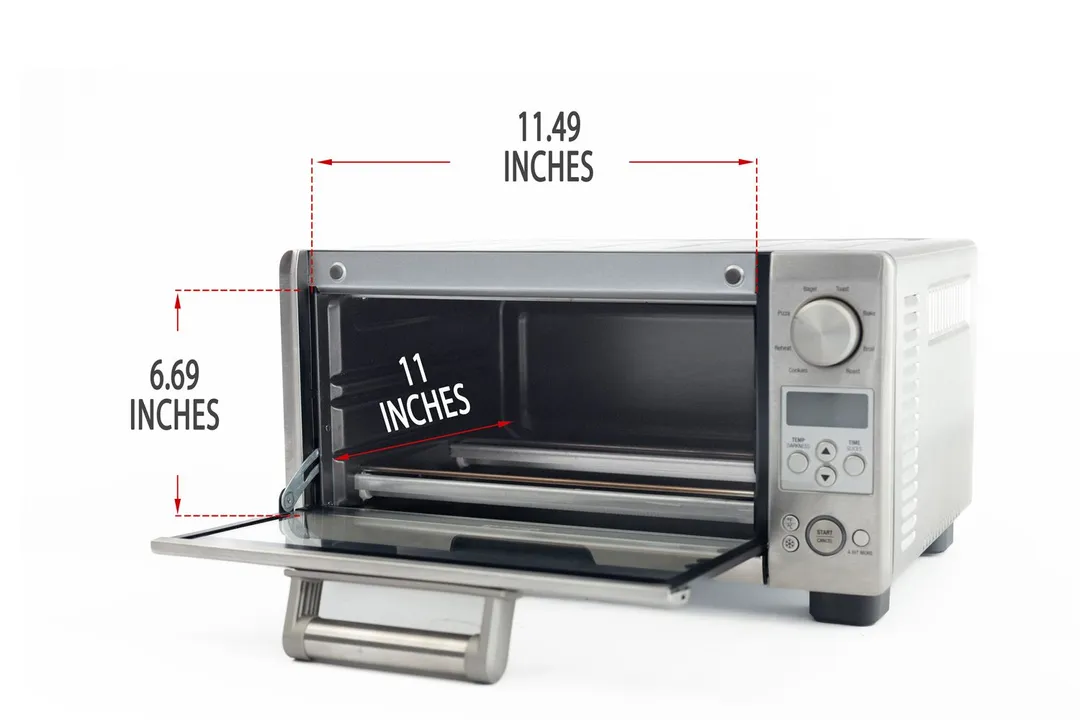
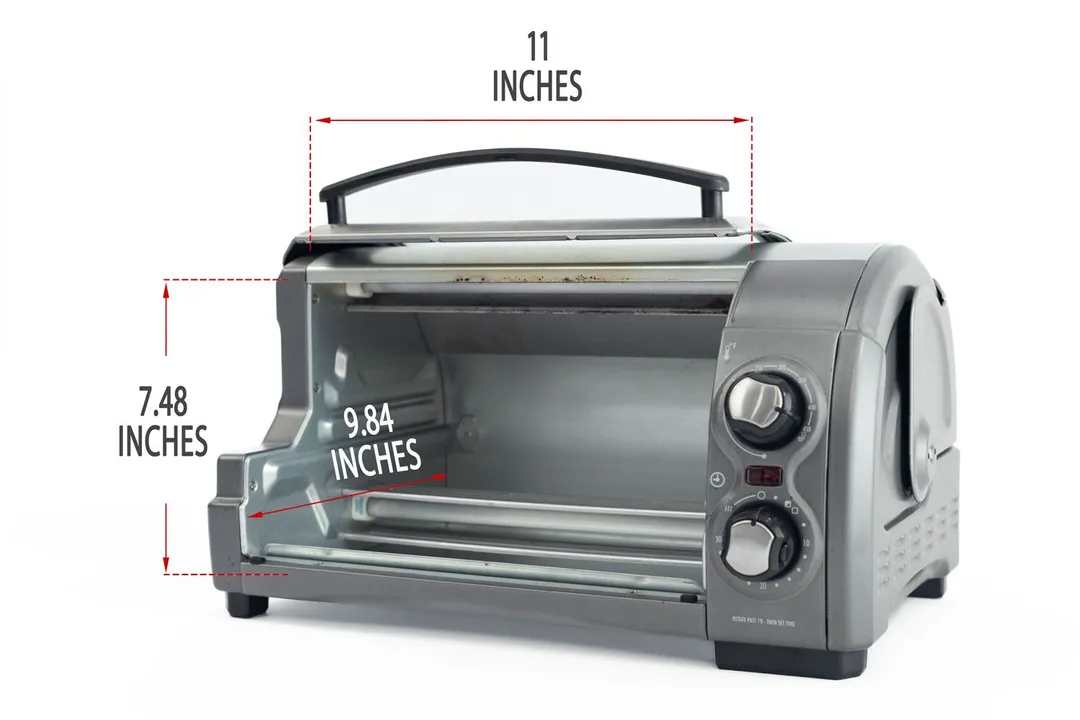
Usability
User Control
Ease of Use
Cleanability
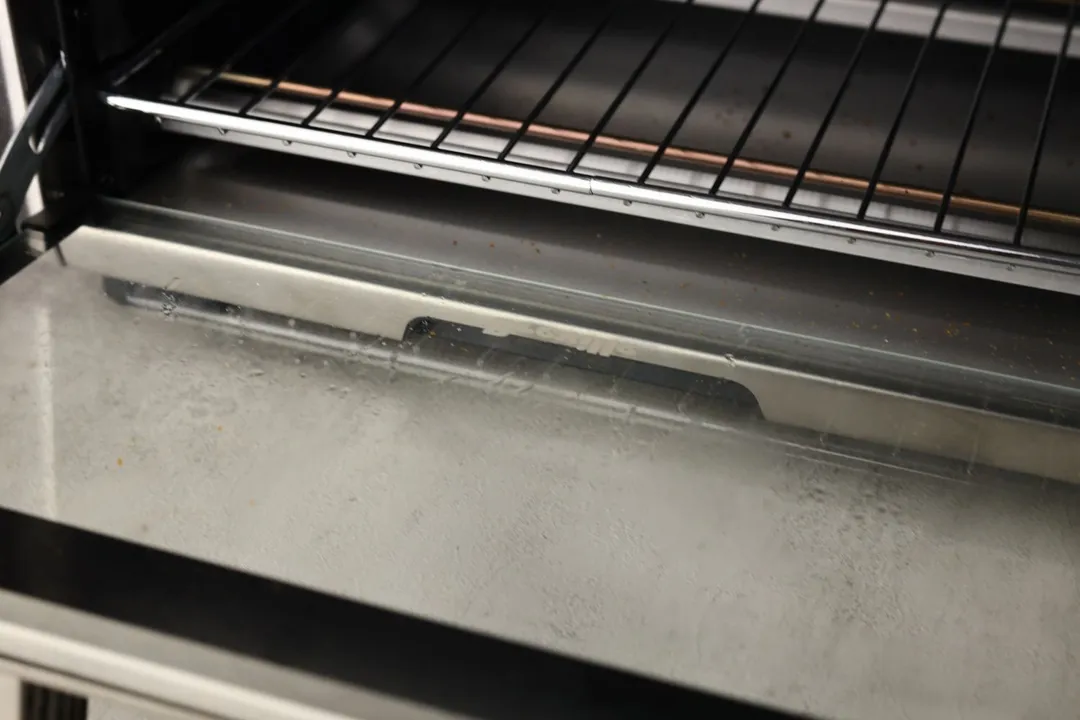
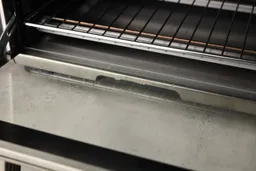
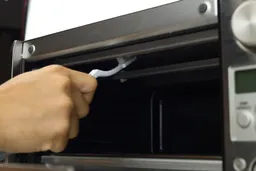

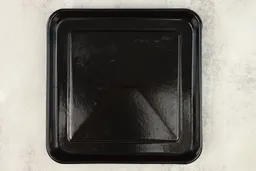
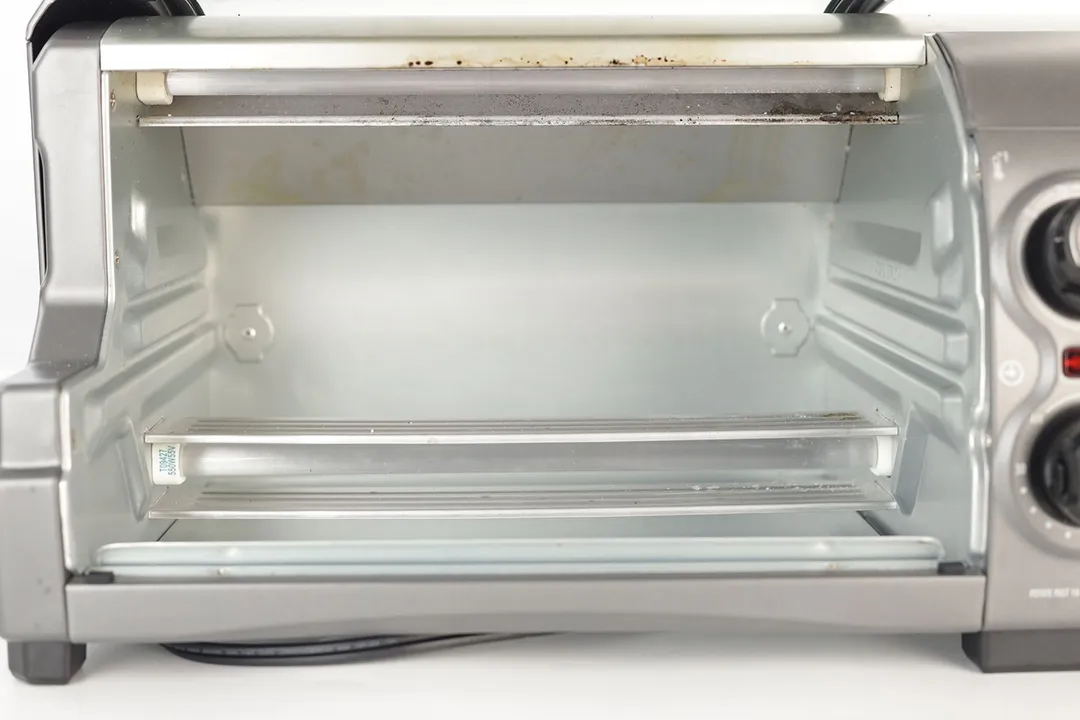
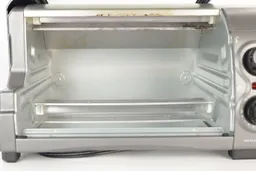

Behind the Comparison
Alan Nguyen is a writer and product reviewer at HealthyKitchen101. His major in English language teaching taught him to present concise information. In addition to his cooking hobby, he values the practical aspects of household appliances.
Lap is Head of the Research, Testing, and Review Team (RTR Team) at HealthyKitchen101.com, where he directs and supervises the testing of kitchen gadgets and appliances.
Tuyet Pham is an award-winning Saigonese chef passionate about delicious and healthful foods. At HealthyKitchen101, she develops recipes and collaborates with our Research, Testing, and Review lab to evaluate the performance of cooking appliances. Her assessments add a strong authoritative voice to our product scoring process.
Nguyen Ntk is a graphic designer, photographer, and videographer whose philosophy centers around respecting and celebrating the beauty of reality. Through his lenses, Nguyen strives to capture the true essence of objects and events, showcasing and highlighting authentic features without distortion or exaggeration.





